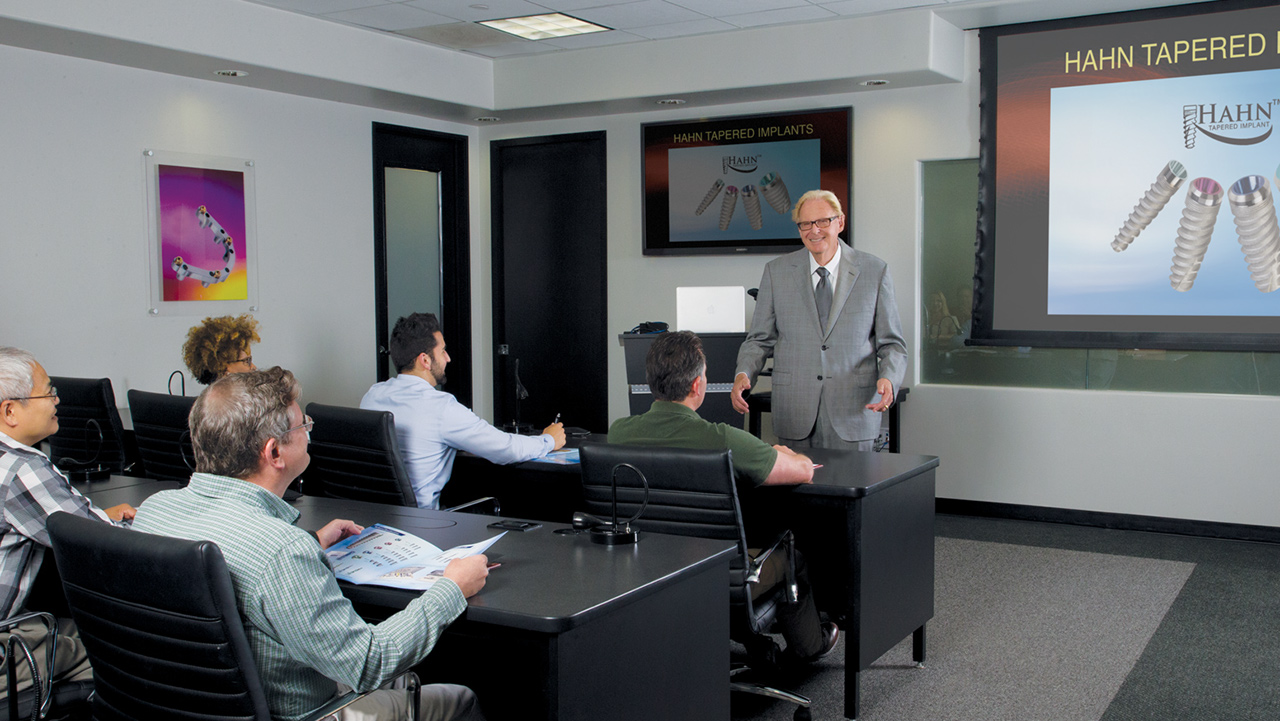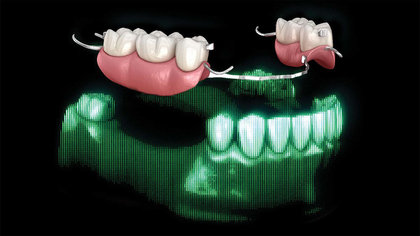2201 Dupont Dr., Irvine, CA 92612
© 2025 Glidewell. All rights reserved.
800-854-7256 USA
5 Essential Questions About the ‘Emergency’ Implant


“Ask Away” is a new recurring Smile Bulletin column that features questions posed by dentists at live and online courses offered by Glidewell Clinical Education. This provides attendees — and Smile Bulletin readers — an opportunity to get useful clinical tips, tricks and guidance from dentists who are experts in their respective fields. Here, implant pioneer Dr. Jack Hahn answers questions about the “emergency” implant, a procedure in which a patient with a broken tooth is provided with an implant and temporary restoration on the day of extraction.
How do you temporize in the anterior if you place an implant but do not get at least 35 Ncm of primary stability like you had hoped, and you don't feel comfortable placing an immediate temporary crown? Any tips or tricks?
Dr. Jack Hahn: If I can’t get enough primary stability, we usually make a flipper or take a denture tooth and bond it to the adjacent teeth. The other option is to go to the next largest diameter implant — so long as you can do so without putting pressure on the facial plate. In some cases, if it appears that there is a good chance I won’t be able to place an implant, and I have to graft and wait instead, we have a flipper made ahead of time.
What tips can you offer for making sure an immediate implant is placed a safe distance from the facial plate?
JH: I suggest creating the initial osteotomy 2–3 mm from the facial plate of bone. It’s also important to use an implant with an aggressive thread design. I designed the Hahn™ Tapered Implant (Glidewell; Irvine, Calif.) with deep, sharp threads, which really help to engage the palatal or lingual wall and keep the implant from “walking” toward the facial plate.

The emergency implant procedure provides great relief for patients by replacing a broken tooth in a single appointment. Here, the patient presented with a horizontally fractured tooth #11 and was in a great deal of distress due to the esthetic issues this created. After extracting the tooth, a Hahn Tapered Implant was placed. The pronounced thread design eased placement 1 mm from the facial aspect of the extraction site. High primary stability allowed for the placement of an immediate provisional crown.
If the crestal bone in the area of an anterior tooth is resorbed, do you still place an implant?
JH: If I determine that there is insufficient bone support for implant placement, I will bone graft the area, suture the soft tissue with REDISORB® PRO sutures, and wait six months before placing the implant.
When do you place the final restoration for an immediately loaded case?
JH: It’s anywhere from four to six months. Typically, I bring my patients back at five months to take an X-ray and examine the tissue. If I have good bone integration and the tissue is healthy, I go ahead and take the final impression. If not, I’ll wait a couple more months.
In order to manage the soft tissue in the anterior zone, which kind of temporary crown do you prefer — cementable or screw-retained?
JH: I like to do cement-retained in the anterior, using a temporary abutment and crown to shape the tissue. In some cases, I’ll use the patient’s existing crown and modify it on a temporary abutment. When it comes time to do the final restoration, I use custom abutments to get the margin exactly where I want it.

Dr. Jack Hahn teaches courses on the emergency implant procedure and other topics both in-person and as free online CE for Glidewell Clinical Education. To access his courses and much more, visit glidewelldental.com/education.
Send blog-related questions and suggestions to hello@glidewell.com.



